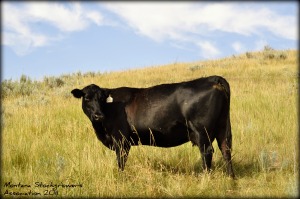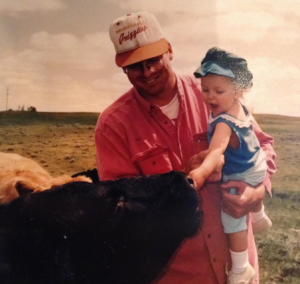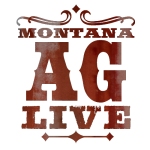Montana Rancher Q&A Feature: Dean Wang of Baker
As part of the Montana Family Ranching Project, Montana rancher features are imperative for telling the beef story. Today, we feature Dean Wang of Baker, Mont. Dean’s family has been ranching for many generations and now, Dean is continuing the family business with his wife and children. He also owns and operates the Bank of Baker and has served in many community organizations like the Board of Directors for the Montana Stockgrowers Association. After reading this feature, please share the link with your friends in order to help more people learn about Montana family ranching.
What was your favorite part about growing up on the ranch?
I loved being horseback and the cattle handling.
Tell us about your ranch.
We run Simmental/Angus cross cattle. I’m most proud of our crew and the infrastructure improvements that they have made and continue to make, and of the effort that they put forth every day. They take great pride in their efforts and I’m proud of our safety record.
What have been some of the trials you’ve had to overcome?
My parents talk about the blizzard of 1964 and of the agriculture crisis in the 80s, and the drought in 1988. Karen (my wife) and I moved home in 1994 and cattle prices crashed in 1995 and 1996. Also, there have been substantial weather-related livestock losses over the years, especially during the calving season which is always hard.
What is one thing you wish more people knew about life on the ranch?
How much effort is put into the well-being of the cattle, sheep and horses…especially in poor weather conditions.
What does it mean to you to be able to work with your family every day?
We talk about that a lot. We’re very fortunate to living in a small town and work with people that we enjoy and care about is great. Plus, we get to have the kids involved in all aspects of the ranch business.
Is there anything you would have done differently on the ranch if given the chance?
I would have had my ancestors settle on the south side of the snowy mountains.
 How would describe “building a legacy” on the ranch?
How would describe “building a legacy” on the ranch?
Luck plays a big part, in that you can only hope that the next generation(s) will have an interest in it.
Do you have any advice for future Montana rancher generations about running a successful beef cattle business?
Attention to detail, efficiency, and budgeting will be key.
What’s your favorite beef dish?
Tri-Tip roast and sour dough bread!




